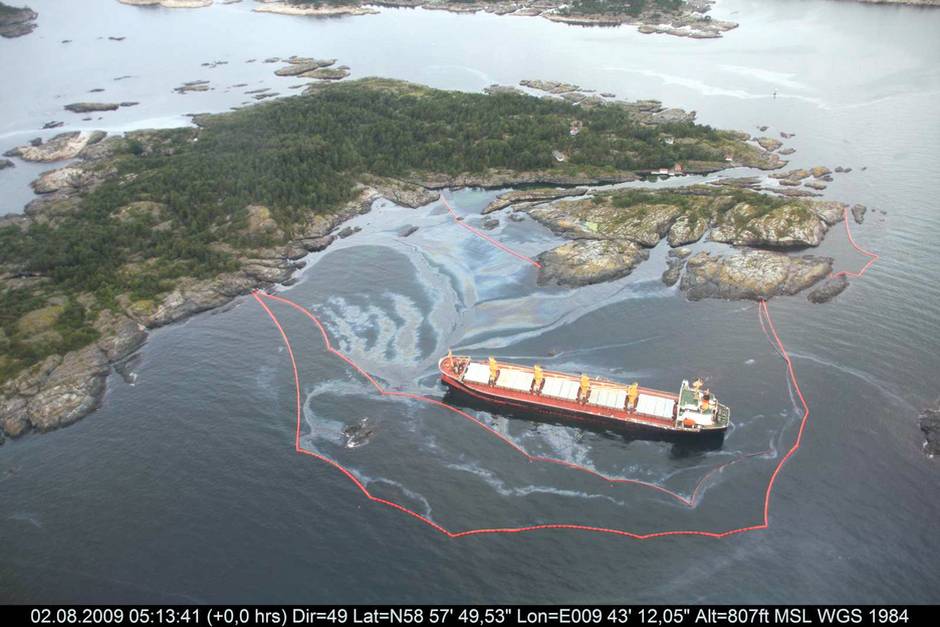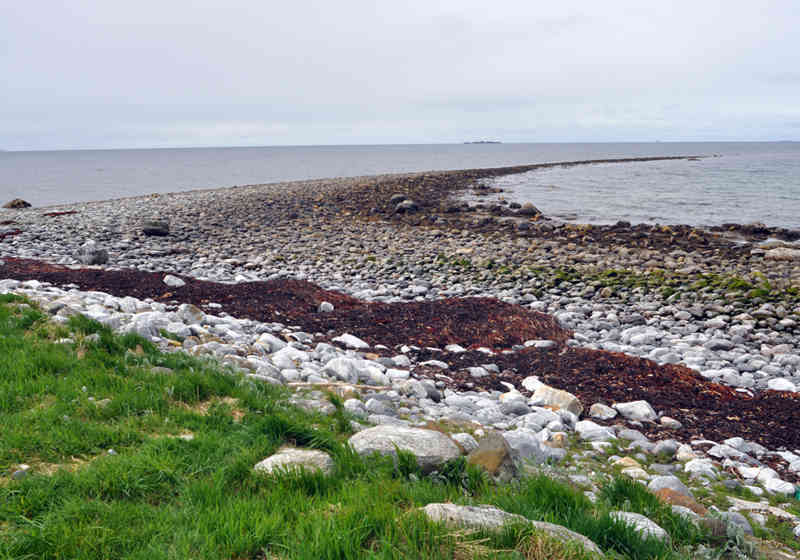More than 30 years of monitoring environmental toxins along Norway’s coastline have yielded a better overall understanding of their presence in fish, shellfish and seabed sediments.
Clean-up measures and global bans on the use of harmful chemicals have improved conditions in many places, but the level of such toxins remains too high in certain areas.
These include ports or densely populated locations along the coast where discharges occur from industry and households. Toxin concentrations in the open ocean are by and large low.
Build-up
Environmental toxins is a term for chemicals which are poisonous, resistant to natural degradation, and able to build up (bioaccumulate) in living organisms along the food chain.
These substances are grouped in various categories, such as heavy metals (like lead and mercury) and persistent organic pollutants (like polychlorinated biphenyls (PCB) and brominated flame retardants).
Preventing such toxins from reaching the environment is important because they can cause irreversible damage both to nature and to human health.
Both acute and long-term
Environmental toxins can cause both acute poisoning or long-term damage. The most dangerous substances, such as PCB and dioxins, can be harmful even in small concentrations.
One characteristic of these toxins is their ability to be carried over long distances. Substances found in the Arctic, for example, hail from Europe and other parts of the world.
Bioaccumulators along food chains reach high concentrations in some predators, such as Polar bears. It has been established that this can lead to genetic damage, reduced fertility and cancer.
Deformity and poor reproduction
Marine life can be affected by environmental toxins in a number of way, including deformed offspring and changes to reproductive ability.
Concentrations of these substances in fish and shellfish are so high in a number of places along Norway’s coast that the Norwegian Food Safety Authority has issued warnings against eating seafoods.
Mercury is one of the best known toxins, and is found in freshwater fish as well as other species. Its negative effect on foetal development has been particularly well documented.
Pregnant and breastfeeding women in Norway are advised to avoid pike and perch more than 25 centimetres in length, and trout or Arctic char over a kilogram in weight.
Emergency preparedness
The emergency preparedness department at the Norwegian Coastal Authority (NCA) handles the government’s responsibility for responding to acute pollution.
This is defined as a significant discharge which occurs suddenly without being covered by a permit. It could be the result of an accident, such as an oil spill from a wrecked tanker.
After an escape of polluting substances, the NCA launches investigations to identify and document possible environmental damage.
Consequences vary
General observations are difficult where the effect of acute discharges is concerned. It depends on a range of factors, from the wind direction on the day of the accident to the type of pollutant and the quantity discharged.
Other determinants include biological diversity and natural resources at the accident site. Small spills of lye or acid, for example, could kill all fish in a river but have minimal effect in the open sea.
Where accidents in the petroleum industry are concerned, the impact can be seen to vary from case to case even when they are on the same scale.
In some places, effects on species and ecosystems can be seen 40 years after the incident. Elsewhere, it is difficult to find any trace a year later.
Combating pollution
County-based action plans have been created for cleaning up 29 areas with seabed pollution along the Norwegian coast.
Other important response to environmental toxins include cleaning up polluted seabeds, cutting their content in products and reducing discharges from industry and farming.
The principle applied is that the polluter pays. That also applies to cleaning up polluted seabeds.
International agreements
Norway works for binding commitments through environmental collaboration under the Oslo-Paris convention for the protection of the marine environment of the north-east Atlantic (Ospar).
Efforts to halt the use and discharge of chemicals are pursued in part through EU regulations, the convention on long-range transboundary air pollution (LRTAP) and the Stockholm convention.
Norway has worked actively to curb the use and discharge of mercury, and the global Minimata convention was signed in the autumn of 2013 to help achieve such reductions.

